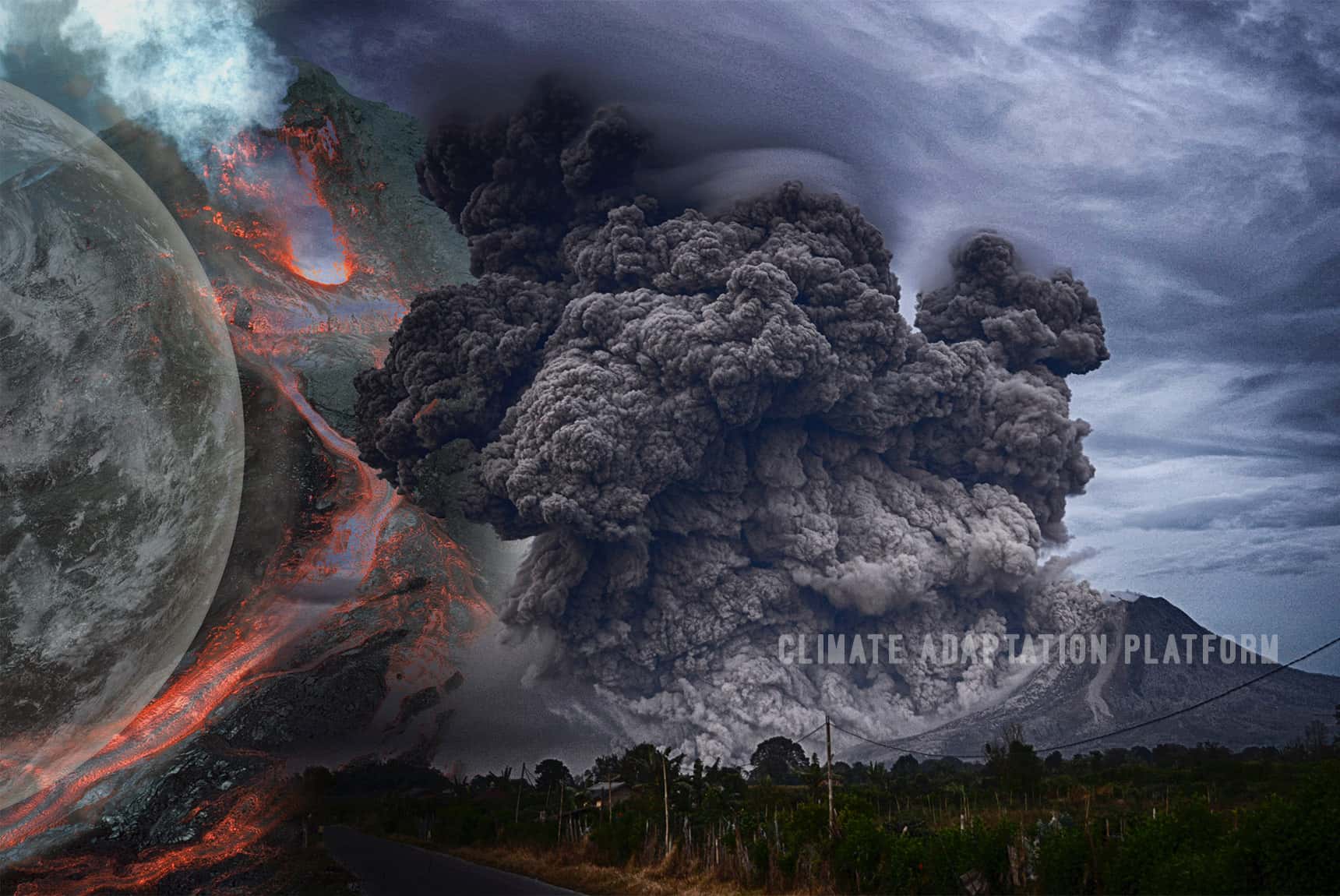Health Advisory: Department Urges Caution Amidst Soaring Temperatures

Table of Contents
Understanding the Dangers of Extreme Heat
Extreme heat isn't just uncomfortable; it's a serious health threat. Understanding the risks is the first step towards staying safe.
Heat Stroke and Heat Exhaustion
Heat stroke and heat exhaustion are two serious heat-related illnesses with different symptoms and levels of severity. Recognizing the signs is crucial for timely intervention.
-
Heat Stroke Symptoms: Heat stroke is a life-threatening emergency. Symptoms include:
- Very high body temperature (above 103°F or 39.4°C)
- Confusion, disorientation, or altered mental state
- Seizures
- Loss of consciousness
- Hot, red, dry, or damp skin
- Rapid, strong pulse
- Headache
- Dizziness
- Nausea
- Vomiting
-
Heat Exhaustion Symptoms: Heat exhaustion is less severe than heat stroke but still requires immediate attention. Symptoms include:
- Headache
- Dizziness
- Weakness
- Nausea
- Vomiting
- Muscle cramps
- Heavy sweating
- Paleness
- Fast pulse
- Exhaustion
Immediate medical attention is crucial for heat stroke. Call emergency services immediately if you suspect someone is experiencing heat stroke.
Vulnerable Populations
Certain groups are more vulnerable to the effects of extreme heat than others. These include:
- Elderly individuals: Their bodies are less efficient at regulating temperature.
- Infants and young children: Their bodies haven't fully developed their thermoregulation capabilities.
- People with chronic illnesses: Conditions like heart disease, respiratory illness, and diabetes increase vulnerability.
- Individuals who are overweight or obese: Excess body fat can impair heat dissipation.
- People taking certain medications: Some medications can interfere with the body's ability to regulate temperature.
These individuals need extra care and attention during a heatwave.
Other Heat-Related Illnesses
Beyond heat stroke and heat exhaustion, other health issues can arise from soaring temperatures:
- Sunstroke: Caused by prolonged sun exposure, leading to high fever, headache, and dizziness.
- Heat rash: A skin irritation caused by excessive sweating, resulting in a red, bumpy rash.
These conditions, while less severe than heat stroke, are still uncomfortable and can be debilitating.
Staying Safe During Soaring Temperatures
Taking proactive steps to protect yourself from extreme heat is essential for maintaining your health and well-being during this heatwave.
Preventative Measures
Follow these steps to minimize your risk of heat-related illness:
- Stay Hydrated: Drink plenty of water throughout the day, even before you feel thirsty. Avoid sugary drinks and alcohol.
- Limit Strenuous Outdoor Activities: Schedule outdoor activities for cooler parts of the day (early morning or evening).
- Wear Light-Colored, Loose-Fitting Clothing: Light colors reflect sunlight, and loose clothing allows for better air circulation.
- Seek Air-Conditioned Spaces: Spend time in air-conditioned buildings like libraries, shopping malls, or community centers when possible.
- Check on Vulnerable Individuals: Regularly check on elderly neighbors, family members, or friends who may be at higher risk.
Creating a Safe Home Environment
Make your home as cool as possible:
- Use Fans Strategically: Place fans strategically to improve air circulation.
- Close Blinds/Curtains During the Day: This will help keep sunlight and heat out of your home.
- Utilize Air Conditioning: If available, use air conditioning to keep your home cool.
- Consider Cooling Vests or Towels: These can provide additional cooling relief.
Outdoor Safety Tips
If you must be outdoors, follow these safety tips:
- Avoid Prolonged Sun Exposure: Limit your time in direct sunlight.
- Wear Sunscreen (High SPF): Protect your skin from harmful UV rays.
- Wear a Hat and Sunglasses: These provide additional protection from the sun.
- Take Frequent Breaks in the Shade: Find shade regularly to cool down.
Resources and Support
During a heatwave, several resources can provide assistance and support.
Emergency Contacts
- Local Emergency Services: [Insert Local Emergency Number]
- Poison Control: [Insert Poison Control Number]
- Public Health Hotline: [Insert Public Health Hotline Number]
Cooling Centers
Several designated cooling centers are available throughout the region: [Insert list of cooling centers with addresses and operating hours]
Additional Support Services
For additional support, please visit [insert link to relevant website].
Conclusion
The Department of Public Health urges continued caution and vigilance as these soaring temperatures persist. Protecting yourself and others from heat-related illnesses is crucial. By following the preventative measures outlined in this heat advisory and utilizing available resources, we can collectively minimize the risks associated with this extreme heat. Remember to stay informed, stay hydrated, and prioritize your safety during this heatwave. For continued updates on this health advisory and other important information, visit [link to Department of Public Health website]. Heed this heat advisory and prioritize your well-being.

Featured Posts
-
 Eva Longorias 50th Birthday Bash Miami Celebration With Gabrielle Union Becky G And More
May 13, 2025
Eva Longorias 50th Birthday Bash Miami Celebration With Gabrielle Union Becky G And More
May 13, 2025 -
 Colombia Pension Reform Corruption Allegations Raise Concerns
May 13, 2025
Colombia Pension Reform Corruption Allegations Raise Concerns
May 13, 2025 -
 Sue Crane 92 Dedicated Portola Valley Public Servant Dies
May 13, 2025
Sue Crane 92 Dedicated Portola Valley Public Servant Dies
May 13, 2025 -
 Earth Series 1 Inferno Exploring The Causes And Effects Of Volcanic Activity
May 13, 2025
Earth Series 1 Inferno Exploring The Causes And Effects Of Volcanic Activity
May 13, 2025 -
 International Collaboration A Key To Effective Cross Border Crime Control
May 13, 2025
International Collaboration A Key To Effective Cross Border Crime Control
May 13, 2025
